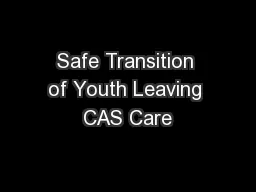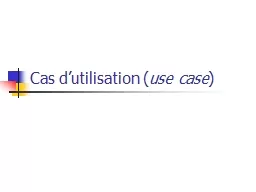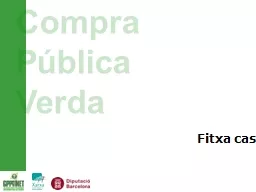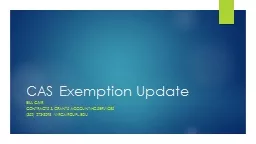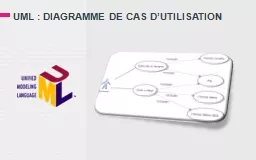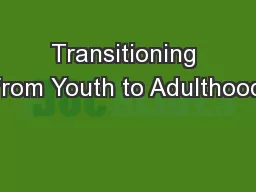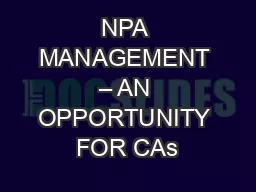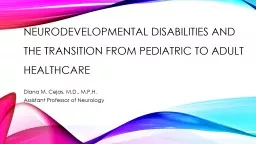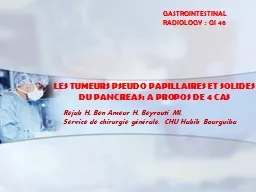PPT-Safe Transition of Youth Leaving CAS Care
Author : myesha-ticknor | Published Date : 2018-01-20
Overview Findings and Afterthoughts Presenters Inshirah Hassabu FGC Program of Toronto George Hull Centre amp Keith Lee Childrens Aid Society of Toronto 1 November
Presentation Embed Code
Download Presentation
Download Presentation The PPT/PDF document "Safe Transition of Youth Leaving CAS Car..." is the property of its rightful owner. Permission is granted to download and print the materials on this website for personal, non-commercial use only, and to display it on your personal computer provided you do not modify the materials and that you retain all copyright notices contained in the materials. By downloading content from our website, you accept the terms of this agreement.
Safe Transition of Youth Leaving CAS Care: Transcript
Download Rules Of Document
"Safe Transition of Youth Leaving CAS Care"The content belongs to its owner. You may download and print it for personal use, without modification, and keep all copyright notices. By downloading, you agree to these terms.
Related Documents

